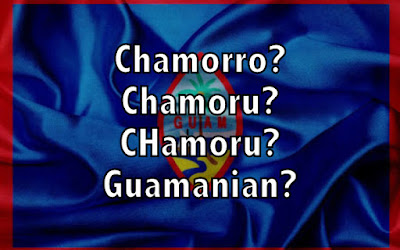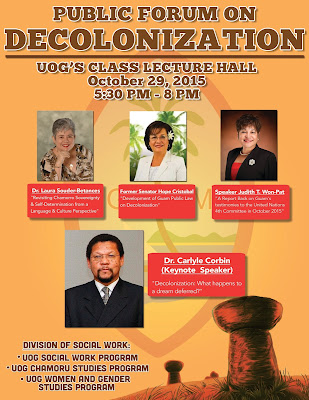Nuebu na Cho'cho'
Guahu i nuebu na curator para i Museon Guåhan. Gof magof yu' na ma'apunta yu' gi este na ofisio. Hu ayuda fumå'tinas i petmanente na fina'nu'i para i museo "I Hinanao-ta." Kada såkkan, hu konne' guatu noskuåntos na gurupon taotao (sesso biaheru siha), ya hu esgaihon siha gi halom i fina'nu'i ya hu fa'nå'gue siha put i hestorian i Chamoru. Gi todu i bidadå-hu, ya-hu famanå'gue taotao, maseha guini giya Guåhan, pat ginen otro tåno' put i irensian yan hestorian i taotao-ta. Para Guahu, gof dångkolo' na onra este, para bai hu representa i taotao gi taiguini na ofisio. ************************** The Guam Museum From Guampedia Named for the late Senator Tony M. Palomo The Guam Museum , located at Skinner Plaza in the heart of Hagåtña, Guam, is a government of Guam owned museum focused on the history of Guam. It’s official name is Senator Antonio M. Palomo Guam Museum and Educational Facility. The Guam Museum reflects the


